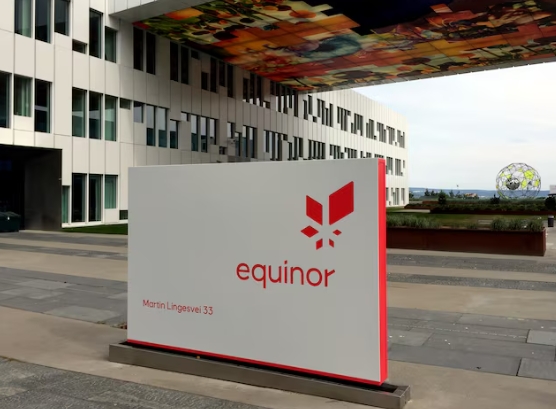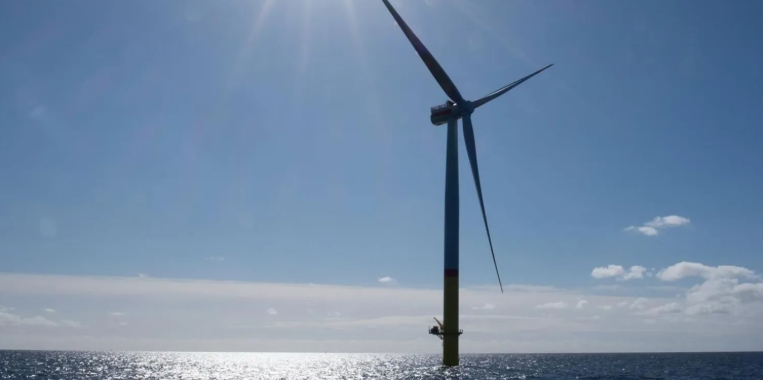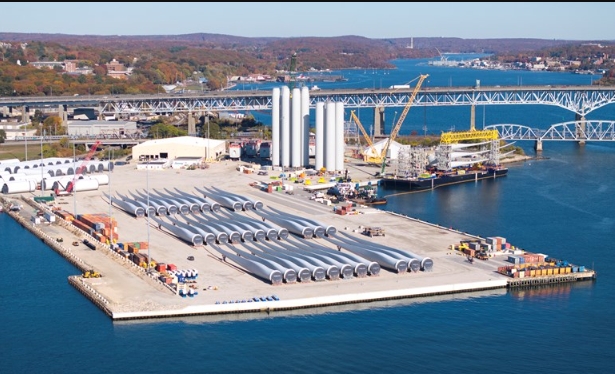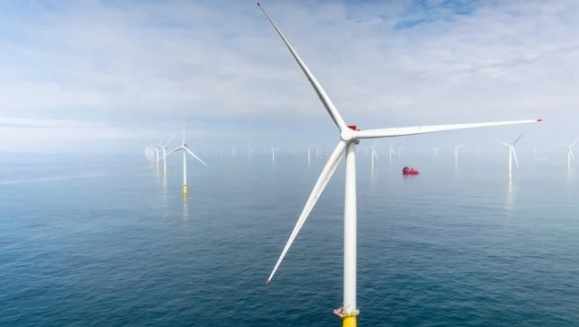Sufficient uranium resources exist to support the long-term, sustainable use of nuclear energy for low-carbon electricity generation as well as for other uses such as industrial heat applications and hydrogen production.
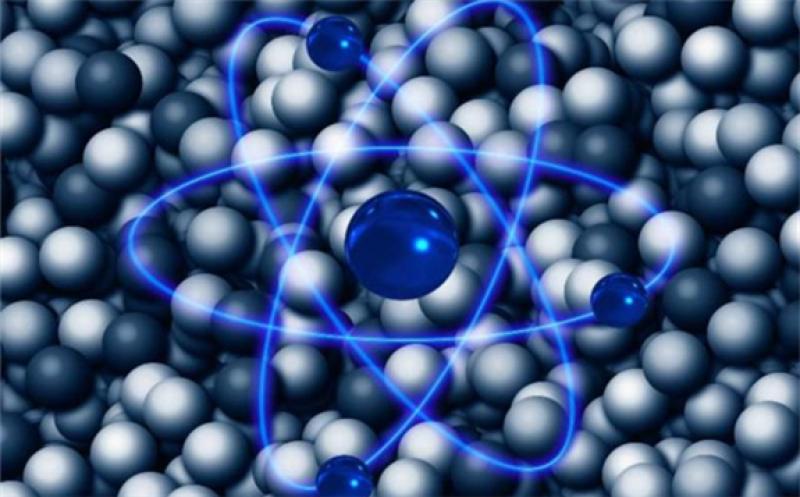 Image: Gerd Altmann©Pixabay.com
Image: Gerd Altmann©Pixabay.com
However, the impact of the ongoing COVID-19 pandemic on the industry and recent reductions in uranium production and exploration could affect available supplies.
Timely investment in innovative mining and processing techniques would help assure that uranium resources are brought to market when they are needed.
These are among the main findings of the latest edition of Uranium – Resources, Production and Demand, also known as the ‘Red Book’, an essential global reference prepared jointly by the OECD Nuclear Energy Agency (NEA) and the International Atomic Energy Agency (IAEA).
The Red Book presents the most recent review of uranium market fundamentals, based in large part on official government information, and offers a statistical profile of the global uranium industry.
It includes data on uranium resources, exploration, production and stocks, along with 45 country reports with detailed information on mine development plans, the status of environmental and social aspects of uranium mining, and national regulations and policies.
Global uranium resources
The Red Book shows that global uranium resources have increased, but more modestly than in previous years. The world’s conventional identified uranium resources amounted to 8,070,400 tonnes of uranium metal (tU) as of 1 January 2019. These represent all reasonably assured and inferred uranium resources that could be recovered at market prices ranging from 40 to 260 USD/KgU (equivalent to 15 to 100 USD/lb U3O8).
Compared to the total reported in the 2018 edition, this is an increase of only 1%. A small portion of the overall changes in identified resources relates to new discoveries. Additions to the uranium resource base could come from yet undiscovered or unconventional resources, such as uranium from phosphate rocks.
Continuing a downward trend over several years, worldwide domestic exploration and mine development expenditures decreased to approximately $0.5 billion in 2018, a significant drop from $2 billion in 2014. This trend is not expected to result in shortfalls but could signal market issues in the longer-term.
Global uranium mine production decreased by 10.8% from 2017 to 2018 due to production cuts resulting from poor market conditions but increased slightly by 1% to 54,224 tU in 2019. Furthermore, planned uranium production cuts in early 2020 were deepened by the onset of the COVID-19 pandemic, and its effects could be felt through 2021 and beyond.
While some uranium producers reduced activities at some facilities, others opted to close operations until market conditions improve sufficiently to justify re-opening. The resources and annual production capacity of these temporarily closed operations, referred to as idled mines, are examined for the first time in the 2020 edition of the Red Book.
The report suggests that annual production capacity could increase relatively quickly by bringing these idled mines back into service if market conditions improve.
The Red Book also provides projections for nuclear power generation uranium requirements through 2040, as well as a comprehensive assessment of the uranium supply and demand relationship.
Depending on developments in the nuclear energy sector, reactor-related uranium requirements could range from 56,640 tU/yr in a low demand scenario to 100,224 tU/yr in a high demand scenario by 2040. While nuclear capacity projections vary considerably from region to region, growth in the nuclear sector and in uranium requirements are projected to be the largest in the East Asia region.
Given these projections, the uranium resource base described in the Red Book is more than adequate to meet low and high case uranium demand through 2040 and beyond. Meeting high case demand requirements through 2040 would consume about 28% of the total 2019 identified resource base recoverable at a cost of < $130/kgU ($50/lb U3O8) and 87% of identified resources available at a cost of < $80/kgU (equivalent $30/lb U3O8).
Future supplies would benefit from timely research and innovation efforts to further improve uranium exploration and develop new, more cost-effective extraction techniques. Strong market conditions will be instrumental in achieving the required industry investment to develop and deploy new technologies.
This article is reproduced at www.esi-africa.com